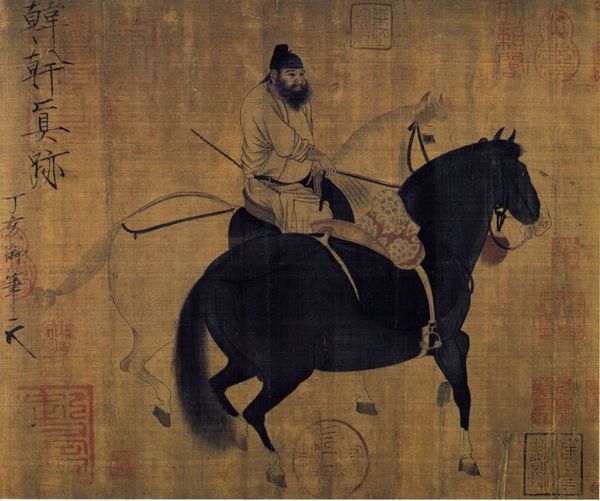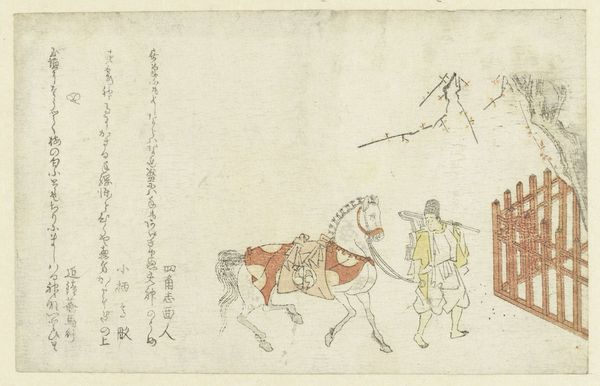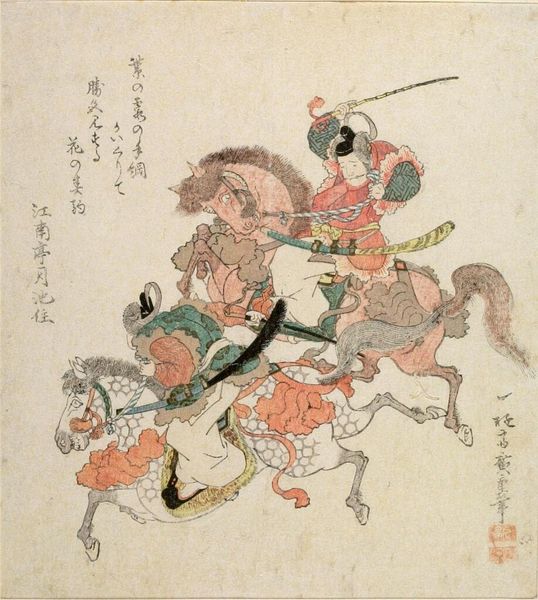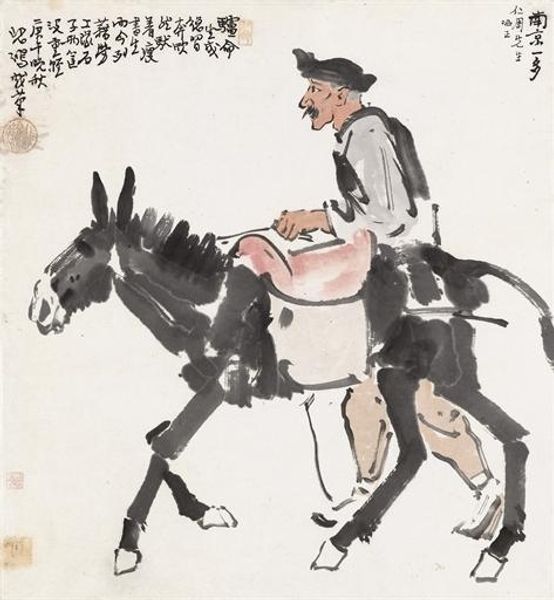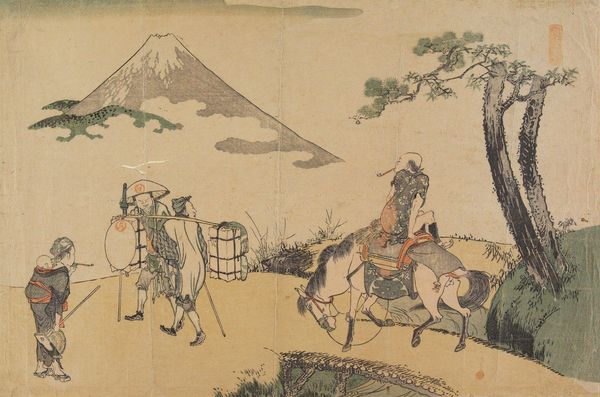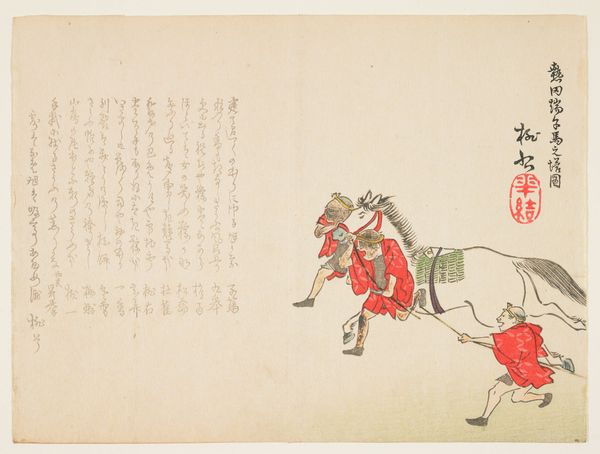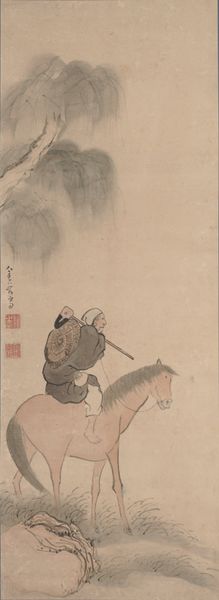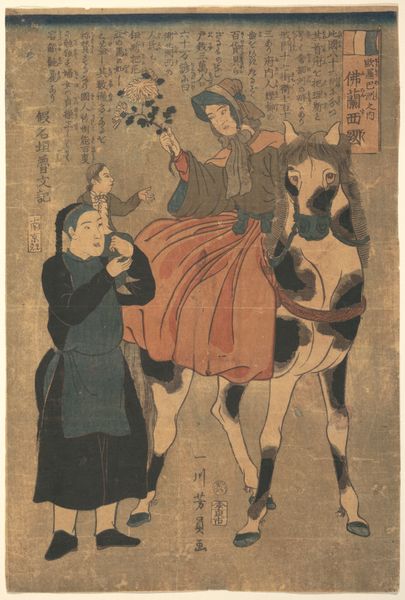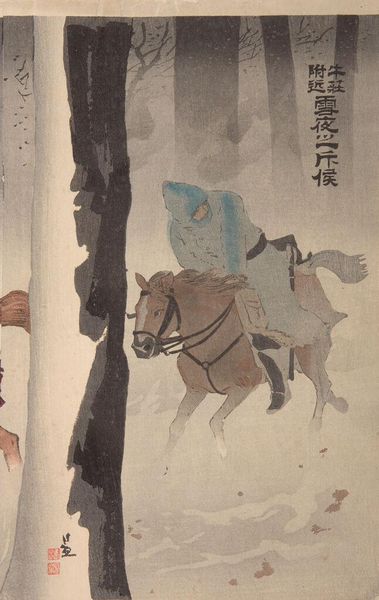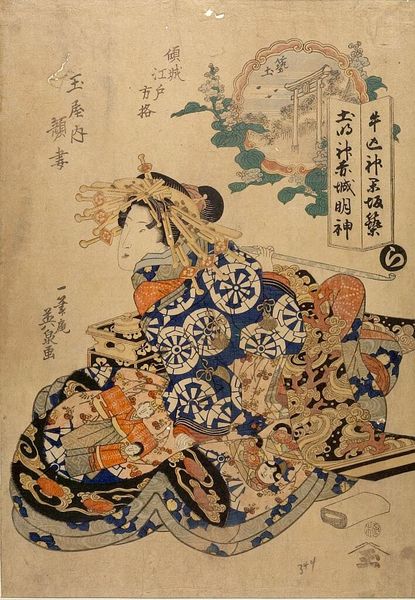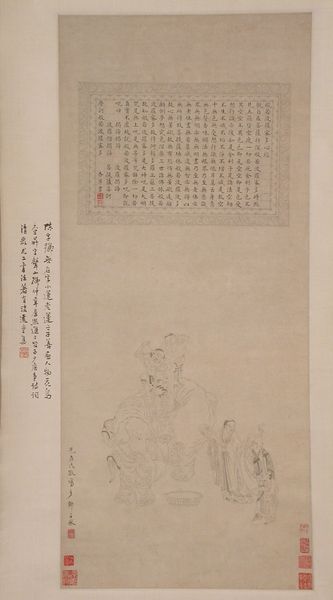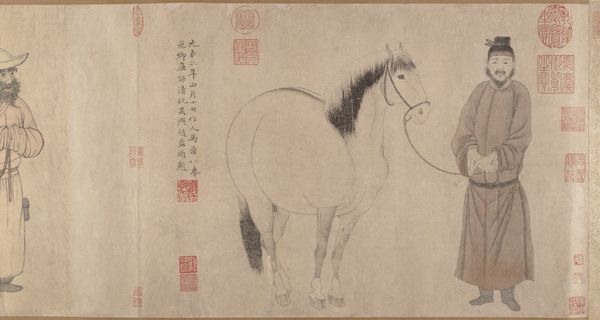
painting, paper, ink
#
portrait
#
animal
#
painting
#
asian-art
#
landscape
#
paper
#
text
#
personal sketchbook
#
ink
#
calligraphy
Copyright: Public domain
Editor: We're looking at Shitao's "Back home after a night of drunkenness," made around 1707 using ink on paper. It has this… delicate, almost weary feel. What strikes you about it? Curator: Well, beyond the technical mastery evident in the ink washes and calligraphic script, I see a commentary on social alienation and the artist's complicated relationship with his identity as a displaced Ming loyalist. The act of riding the ox, a common trope in Zen painting representing enlightenment, becomes imbued with a sense of disillusionment and perhaps even a critique of the elite literati culture. Do you notice how the figure almost blends with the ox, suggesting a loss of self? Editor: That's a darker read than I initially had. I just saw a tired guy! The text, though, I can see that adding another layer. It seems…personal. Curator: Exactly! The poem reveals the artist's inner turmoil. He questions the purpose of his sleeplessness and inability to find solace, hinting at the anxieties faced by many marginalized artists and intellectuals throughout history, specifically regarding their socio-political standing and creative freedom. It resonates with contemporary issues around identity and belonging, wouldn’t you agree? Editor: I do, now that you point it out. It’s not just a "tired guy." It’s exhaustion born from something bigger. So Shitao's personal struggle mirrors a wider social commentary? Curator: Precisely. Art becomes a powerful vehicle for expressing resistance and challenging dominant ideologies, allowing for intergenerational dialogue across cultures and histories. Editor: I'm going to look at a lot of art differently from now on, thanks. Curator: And I'll not see only that struggle again but simply appreciate the image on paper!
Comments
No comments
Be the first to comment and join the conversation on the ultimate creative platform.
